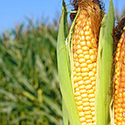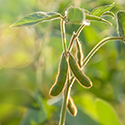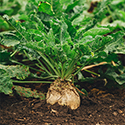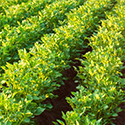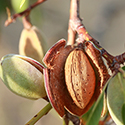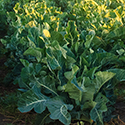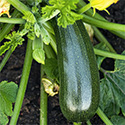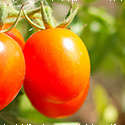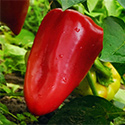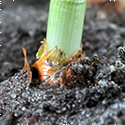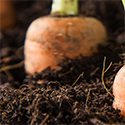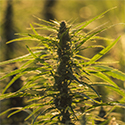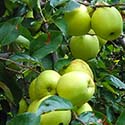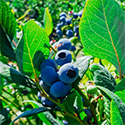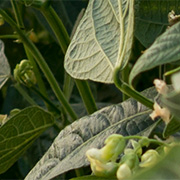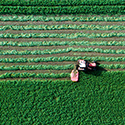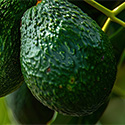Tips for growing alfalfa
- It is called Lucerne in many parts of the world, or alfalfa hay
- A perennial, a stand generally lives for up to eight years, and can be harvested by mowing like wheat many times
- A legume, it fixes nitrogen like soybean
- It is used primarily as a feed for cattle and horses, often as a graze
- Very high in protein
- California is the biggest producer in the U.S. with around 1 million acres planted
Growing alfalfa
- A common strategy for alfalfa is to keep an alfalfa stand for three seasons, then rotate corn or similar
- Alfalfa can leave enough available nitrogen in the soil to support a corn crop with spot fertilizing support
- Soil pH for this crop must be near neutral at between 6.8 and 7.5. Liming may be necessary.
- Sustained levels of phosphorous and potassium are also required
- Persistence (#harvests/stand) depends more on Winter hardiness in Northern U.S., disease resistance in Southern states
- Late season seeding of alfalfa is preferred in some Southern states, affording an opportunity for a short season crop
- Root depth is typically 7-8’, with 25’ depth fairly common in drought conditions
- Alfalfa growers in California can harvest up to ten times per season
The market for alfalfa
The global market for alfalfa was USD 22.3B in 2022, projected to grow to USD 40.9B in 2032, a 6.4% CAGR. Alfalfa is available on the market as hay and as cubes or pellets, preferred by some customers for better consistency. Humans can eat alfalfa sprouts, which are very popular in organic markets. Alfalfa has the highest value among common hay crops due to its very high protein levels. Alfalfa can also be grown as pasture graze for grass-finished cattle, but it’s continued use can cause pasture bloat.
Challenges growing alfalfa
Alfalfa consumes a great deal of water, but because the crop harvest is almost entirely used, its water efficiency can be quite good. Alfalfa fixes nitrogen, but can remove other nutrients, notably phosphorous and potassium, which must be replenished regularly. Terminating a stand cannot be done efficiently with rolling and crimping, as with cover crops. Herbicides or aggressive tilling are recommended, but do not fit into a regenerative approach to farming. One of the major reasons for rotating an alfalfa stand with a row crop like corn is autotoxicity, that is, the alfalfa stand terminated can essentially poison the next crop. Rotating with corn not only allows the toxin to diminish, the corn can also scavenge excess nitrate from the soil left by the alfalfa, which is helpful for preventing nitrate leaching. Younger stands of alfalfa tend to better yields, and as a result while a stand may last 7-8 years, it is often terminated at 3 or 4 years.
Contact AquaSpy
Crophesy for alfalfa
With a Crophesy annual subscription, you receive a free simple, three-sensor, wireless, soil moisture probe. Place these rugged, water-tight probes throughout your alfalfa field and connect them to the app via your smartphone.
Then you can instantly monitor soil and crop health for all of your alfalfa. And if you want to test the soil in other areas, you can quickly and easily move the moisture probe, which is battery-powered and provides season-long insight.
While you can look at the visual analysis of leaves, spending hours in your field, Crophesy enables you to open your app from anywhere and show you what kind of nourishment is available in your soil at your alfalfa crop root depth. With this data, you can determine when the active root zone needs vital nutrients.
In addition to nutrient data, the Crophesy app can show you:
- Moisture consumption at the root level
- Salinity level in the active root zone
- Root depth
- Soil temperature near the sensors
- Irrigation depth
And it tells you all this without you having to step foot in your alfalfa field.

